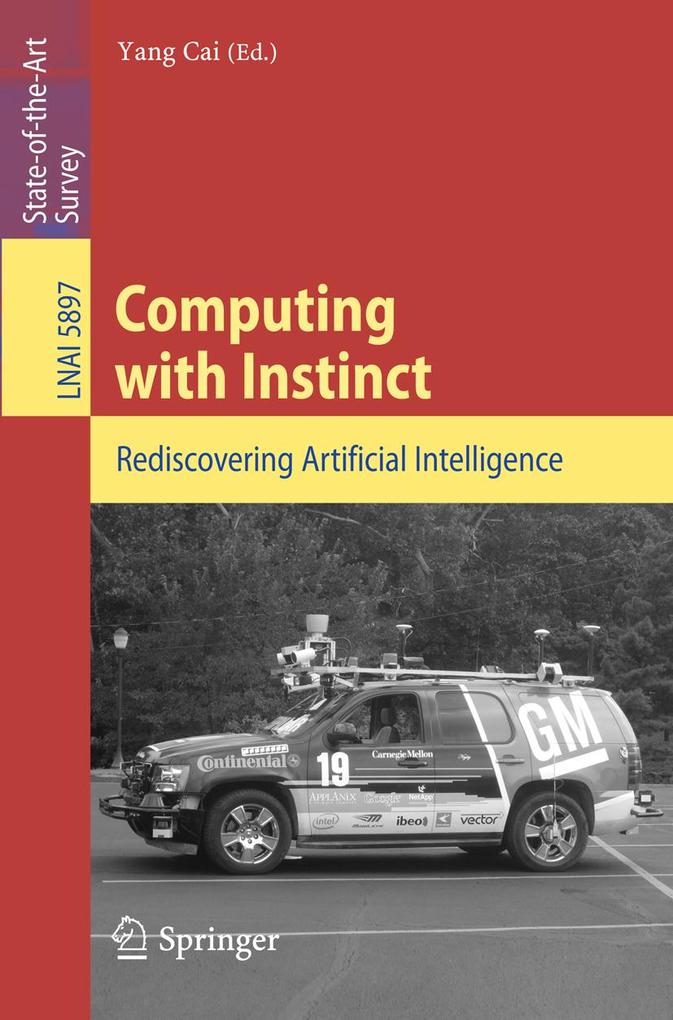Simplicity in nature is the ultimate sophistication. The world's magnificence has been enriched by the inner drive of instincts, the profound drive of our everyday life. Instinct is an inherited behavior that responds to environmental stimuli. Instinctive computing is a computational simulation of biological and cognitive instincts, which influence how we see, feel, appear, think and act. If we want a computer to be genuinely secure, intelligent, and to interact naturally with us, we must give computers the ability to recognize, understand, and even to have primitive instincts.
This book, Computing with Instincts, comprises the proceedings of the Instinctive Computing Workshop held at Carnegie Mellon University in the summer of 2009. It is the first state-of-the-art survey on this subject. The book consists of three parts: Instinctive Sensing, Communication and Environments, including new experiments with in vitro biological neurons for the control of mobile robots, instinctive sound recognition, texture vision, visual abstraction, genre in cultures, human interaction with virtual world, intuitive interfaces, exploitive interaction, and agents for smart environments.
Inhaltsverzeichnis
Experiments with an In-Vitro Robot Brain. -Sound Recognition. -Texture Vision: A View from Art Conservation. -Visual Abstraction with Culture. -Genre and Instinct. -Intuition as Instinctive Dialogue. -Human Performance in Virtual Environments. -Exploitational Interaction. -A Middleware for Implicit Interaction













